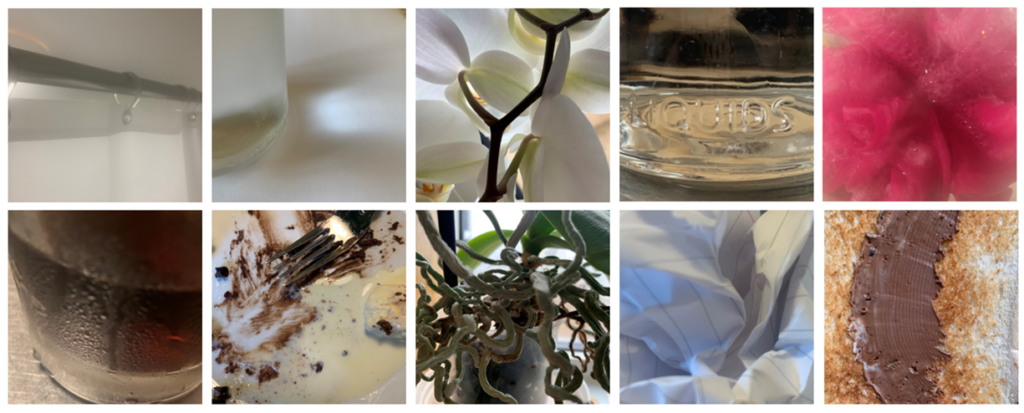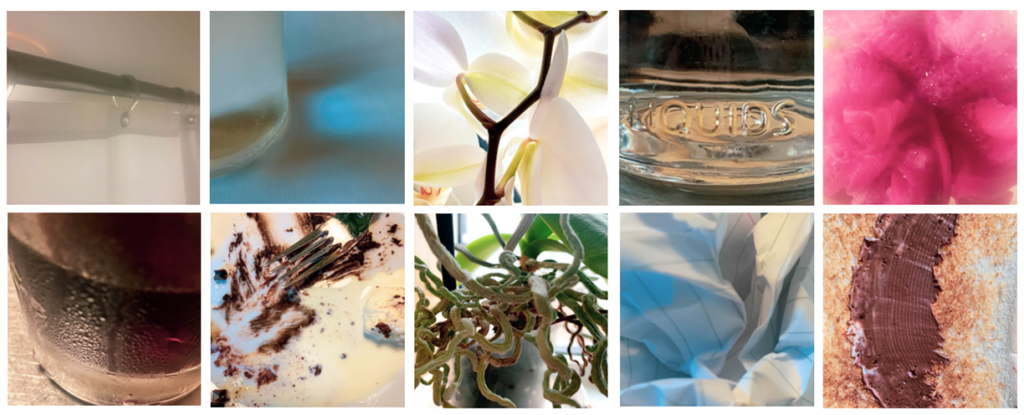Sean Tucker is a renowned street photographer based in London, UK. With a background in music and a career in professional photography spanning over a decade, Sean has established himself as a leading voice in the world of street photography. His distinctive style, characterized by poignant storytelling and intimate portrayals of urban life, has garnered widespread acclaim and a dedicated following on social media platforms such as Instagram and YouTube.
Early in his career, Sean faced several challenges common to aspiring street photographers. He grappled with feelings of self-doubt and uncertainty about his creative vision, struggled to find his unique voice amidst a sea of photographic styles, and encountered logistical hurdles while navigating the dynamic and often unpredictable environment of the streets. Additionally, Sean faced the challenge of balancing his passion for photography with the demands of earning a livelihood, leading him to explore various avenues for monetizing his craft.
In my own work, I seek to emulate Sean’s mastery of deep shadows as a means of imbuing my photographs with depth, mood, and emotional resonance. I am fascinated by the transformative power of shadows to obscure, reveal, and evoke a sense of mystery, inviting viewers to engage with the narrative unfolding within the frame. By harnessing the dramatic contrasts and textures created by deep shadows, I aim to evoke a sense of atmosphere and intrigue that transports viewers into the heart of the urban landscape.

Sean adopted a multifaceted approach to address these challenges and propel his growth as a street photographer. He embraced a mindset of continuous learning and experimentation, immersing himself in the work of master photographers, attending workshops and seminars, and seeking feedback from peers and mentors. Sean also honed his technical skills through diligent practice and exploration, mastering the nuances of composition, lighting, and storytelling to create compelling visual narratives.
Crucially, Sean leveraged digital platforms such as Instagram and YouTube to showcase his work, share insights into his creative process, and connect with a global audience of fellow photographers and enthusiasts. Through engaging storytelling and authentic, behind-the-scenes content, Sean cultivated a strong personal brand and established himself as a trusted authority in the field of street photography.

In my own work, I seek to emulate Sean’s mastery of deep shadows as a means of imbuing my photographs with depth, mood, and emotional resonance. I am fascinated by the transformative power of shadows to obscure, reveal, and evoke a sense of mystery, inviting viewers to engage with the narrative unfolding within the frame. By harnessing the dramatic contrasts and textures created by deep shadows, I aim to evoke a sense of atmosphere and intrigue that transports viewers into the heart of the urban landscape.




































